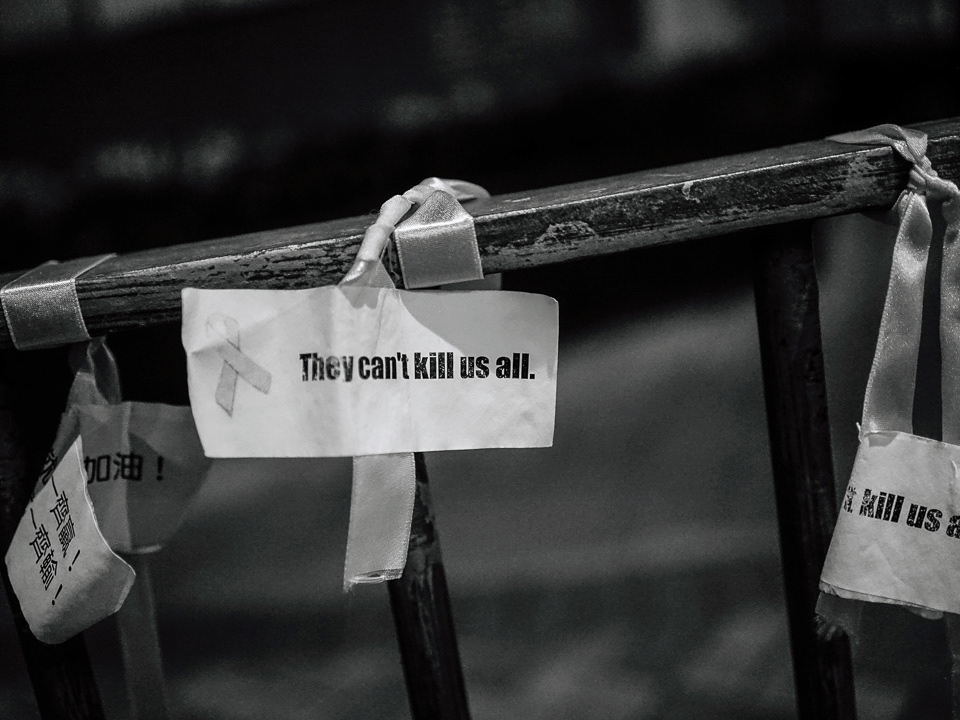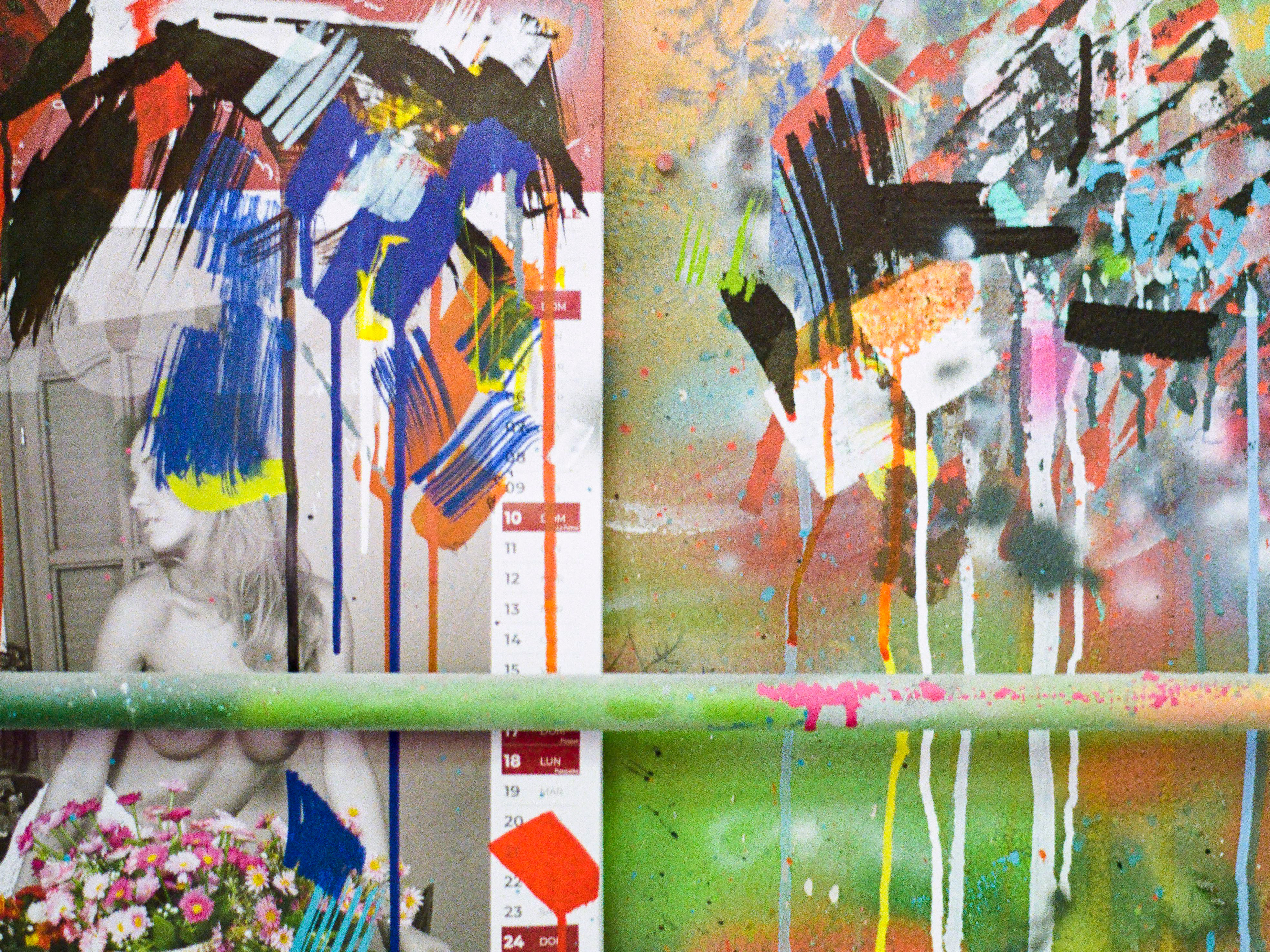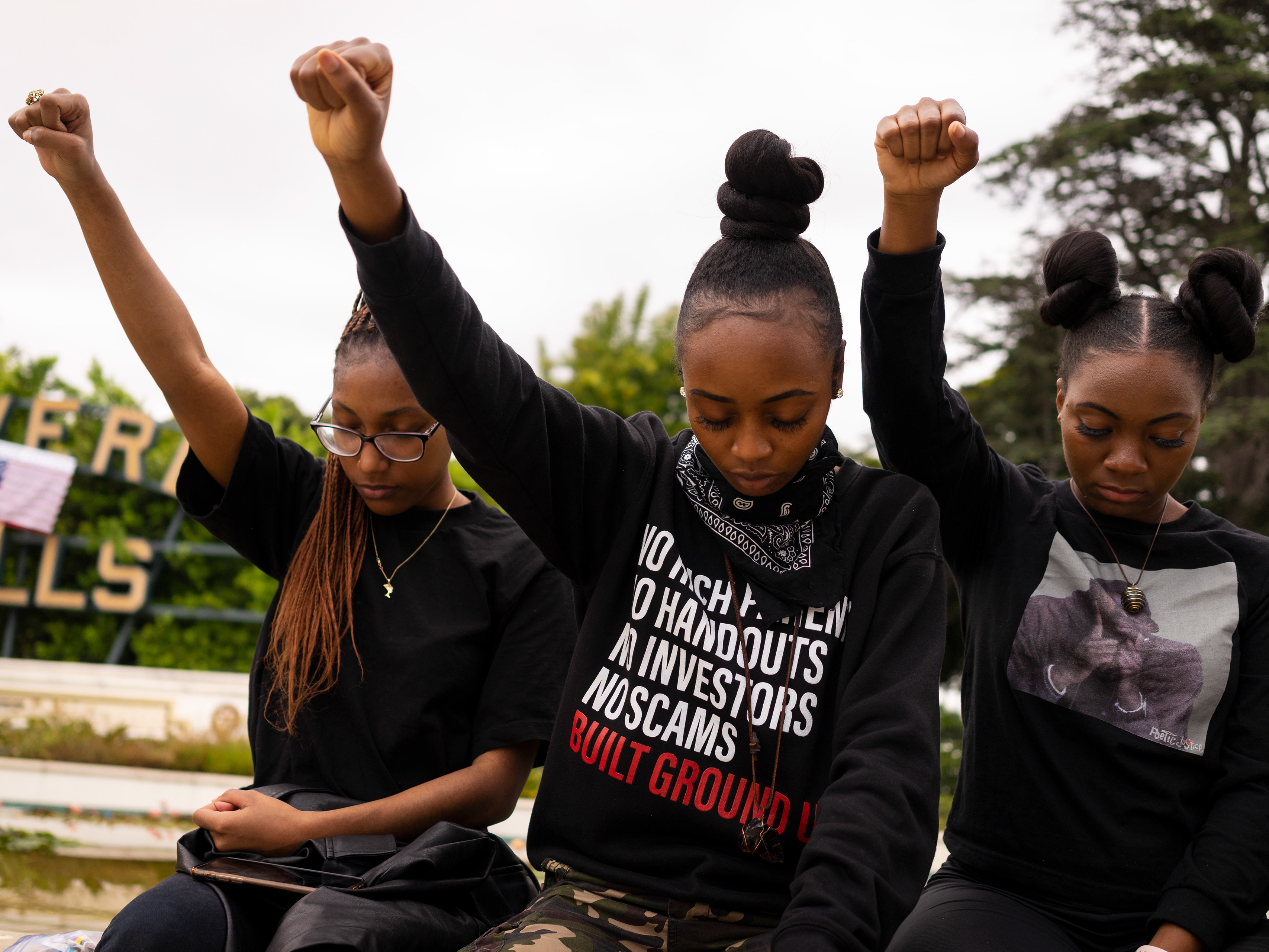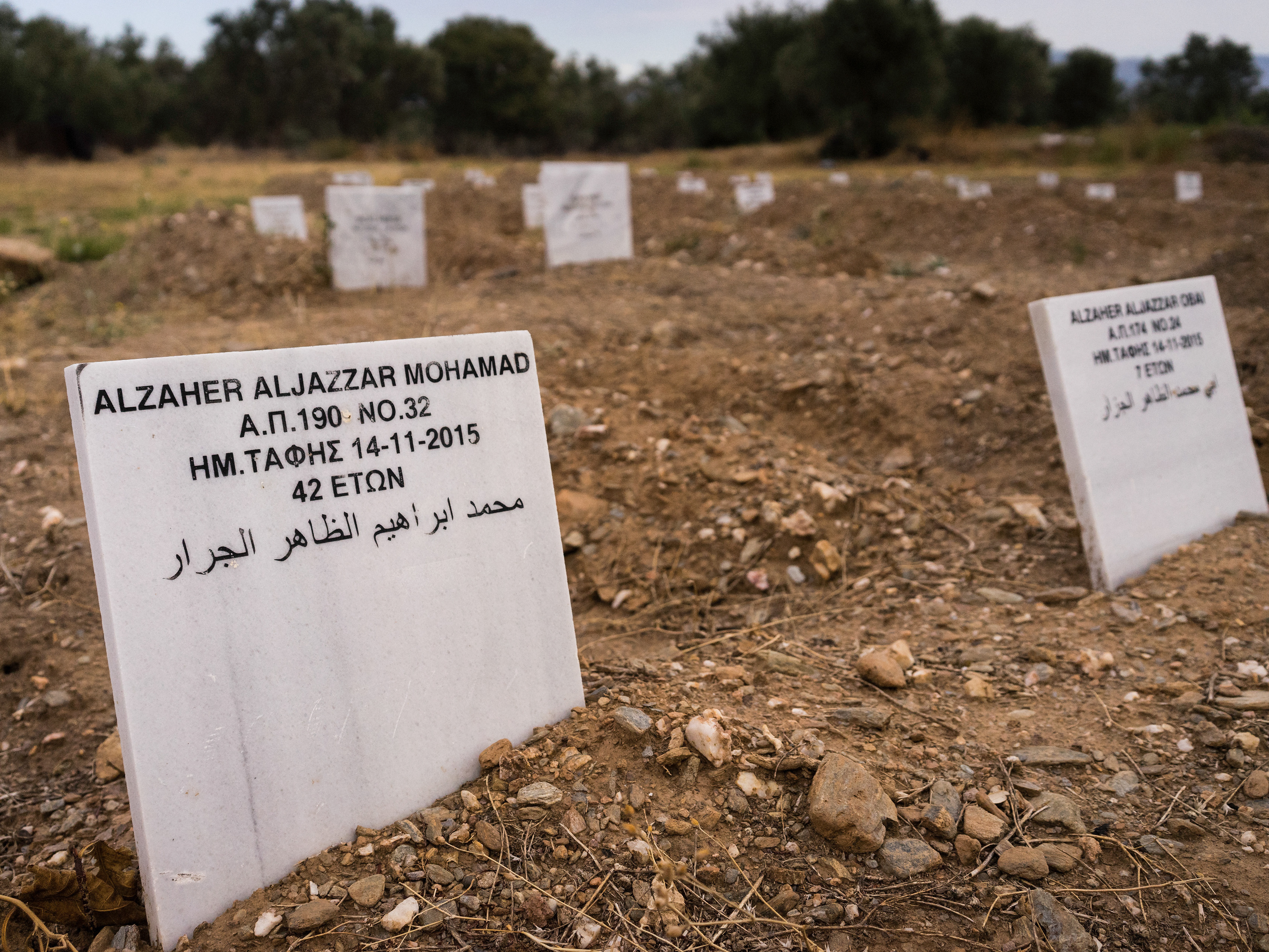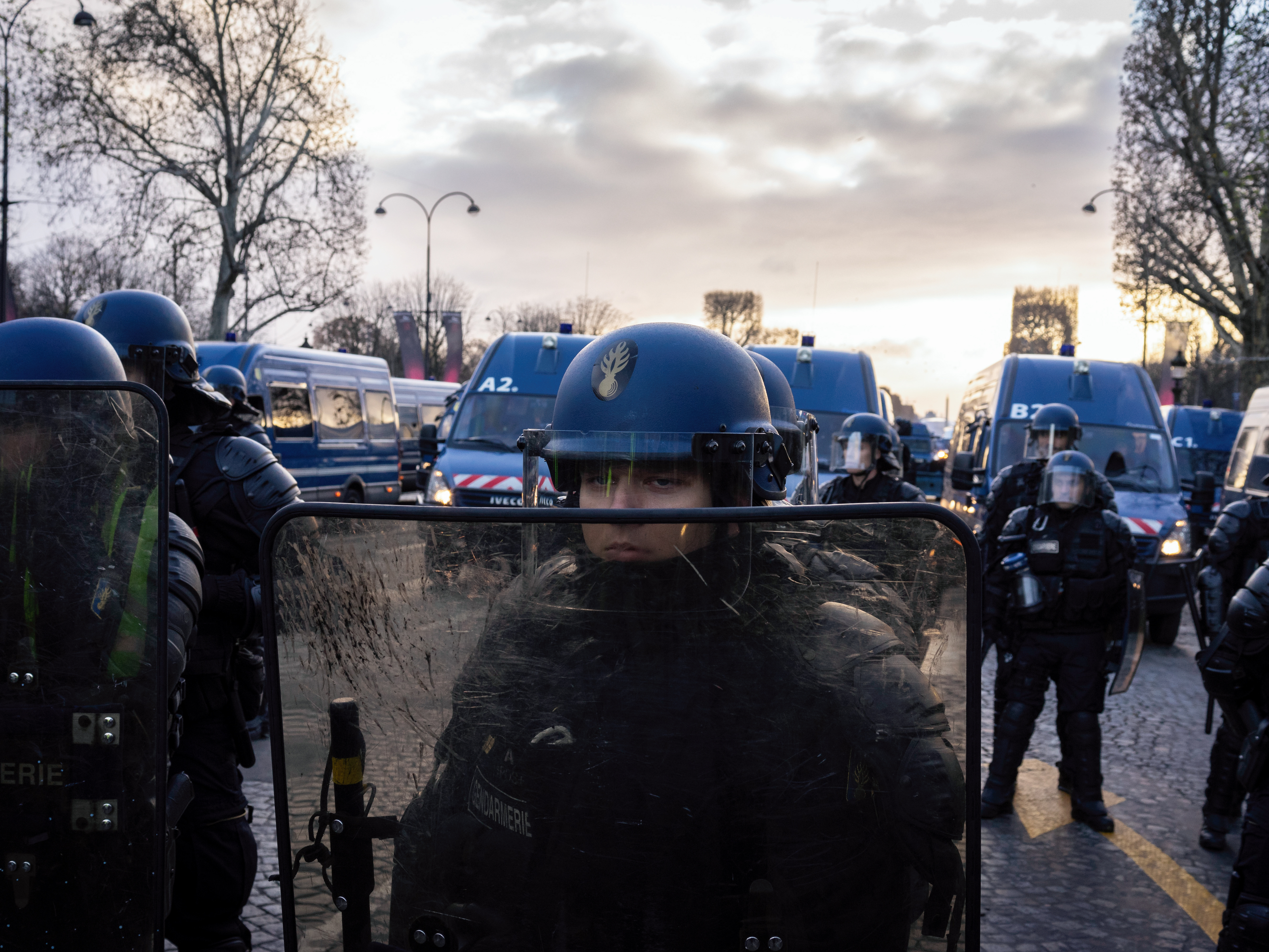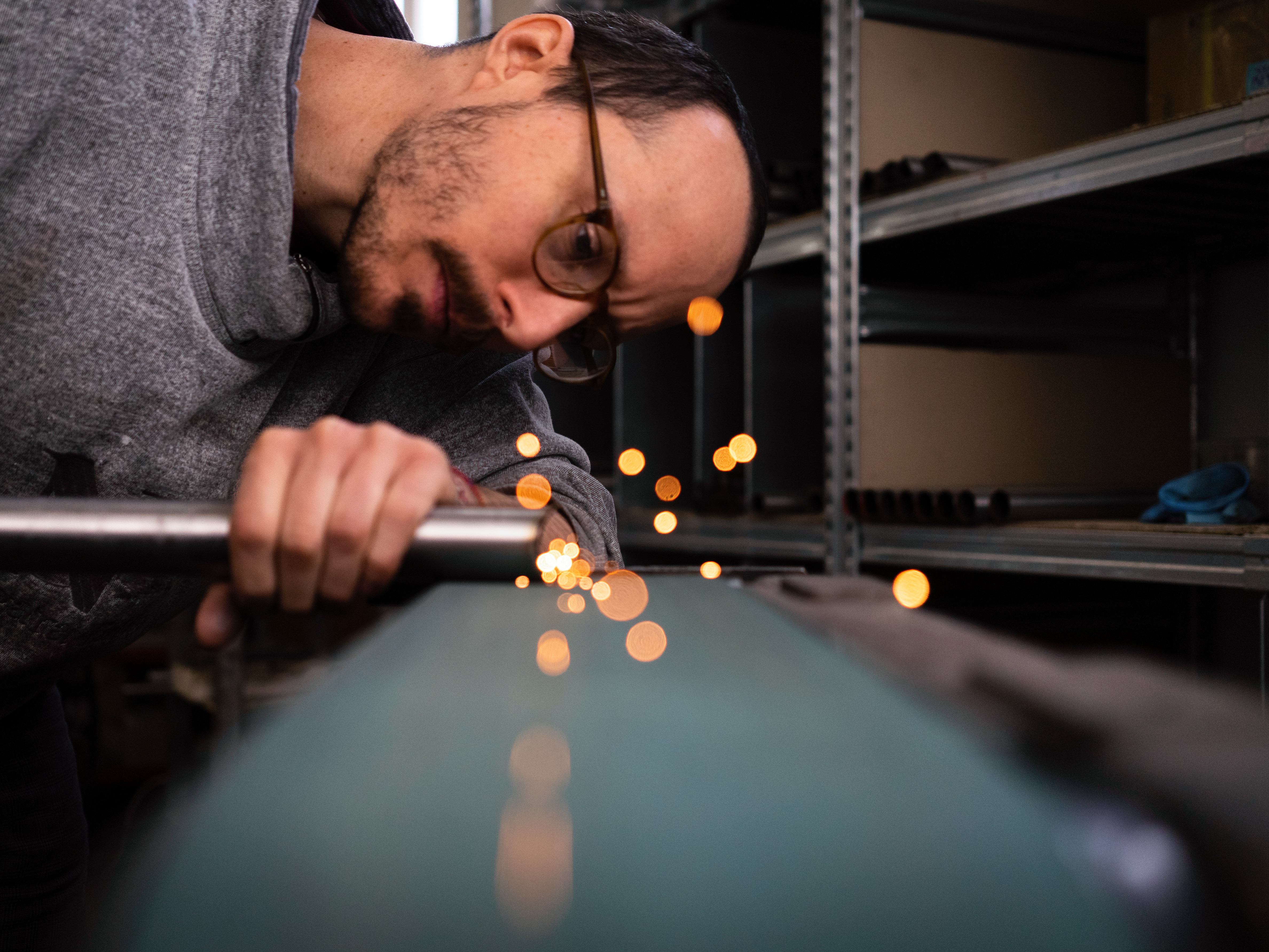Over the years, different stressors on the neighborhood and its population
of mainly day laborers have caused eruptions of violence. In 1992, riots broke out over anger at collusion between the local police and the Yakuza. In 2008, there was trouble again as residents became enraged over police brutality.
Coming for Work. Coming for Food: Two men ascend into the Airin Labor Welfare Center looking for food and work. This search is part of a daily routine for many of the residents of Nishinari.
The Norm: Hot sake first thing in the morning appears casual, and practiced here in Nishinari.
Drying: A shirt washed in the bathroom sink and hung to dry at the Airin Labor Welfare Center. For many, this is the principal method of doing laundry in Nishinari. Though coin operated laundry machines are widely available, they can be expensive for the residents here. More often than not, coin laundry vestibules are used for shelter at night.
In the Bedroom: Unfortunately this is the preferred method of camping out for the night. Though there are more luxurious variations on this theme, this is the bare-bones model adopted by the poorest of the poor. Camps like this one ring the Airin Labor Welfare Center at night when the vast space inside is closed off to those most in need.
Cheap Booze: One of the prime catalysts for the difficulties faced by the residents of the Nishinari neighborhood is the alcoholism. It is not unusual to see people drinking on the street at any time of day or night. There is no end for the opportunity to purchase alcohol cheaply here. This vending machine is filled with beer and sake. The sake marked with red tags is served warm by the machine. The most expensive item in the machine costs just 300 jpy ($2.84 usd).
Get em’ In: The karaoke izakaya is the cornerstone of the drinking culture here in Nishinari. One of the prime responsibility of the staff of the Karaoke Izakaya is to drag any passerby who shows the least bit interest, or curiosity, into the establishment. Here, Lian tries to ensnare a young man.
Mamma: Often the staffing of the karaoke izakaya appears to be two younger women and the owner. Here, Honey, the owner of this particular establishment performs her only task: Keep the glasses full. One rarely has to ask for another drink. Even the most modest gesture is taken as consent here.
This Is How: The karaoke Izakayas are nearly uniform in their design. As big as a shipping container, 15 or 20 bar stools, owned and operated by women, the men fill the stools, drink, sing, and stumble out into the night. Nishinari has the highest density of these little bars in Osaka. The men of the neighborhood, irrespective of their financial station, come here for cheap drinks and food, but most of all comradery. This is the public house. This is where bonds are formed and loneliness alleviated.
Strong Drink: Here, in the late hours of the night we begin to see where the reputation of the neighborhood is earned. This man, well drunk, adorns the front of a now closed drinking establishment.
The Sister: A Catholic nun volunteers distributing rice balls in the morning at the Airin Labor Welfare Center. She says that she is part of St. Vincent Paul Daughters of Charity. Though the other volunteers working with her remain unaffiliated. On Tuesdays and Saturdays they come to distribute food that is paid for through donations.
The Doctor: Dr. Masahiko Shiba is the owner and operator of the
Shiba In Clinic. The clinic has been a part of the neighborhood of Nishinari for over 50 years. Previously run by Masahiko’s father. Dr. Shiba told us that the issues faced by his clinic are no different than the rest of Osaka. Primarily treating high blood pressure and diabetes. Issues faced by Japan's aging population.
Mitsugu and Friends: Mitsugu Hanashita, 64, originally from Shikoku (one of Japan’s large southern islands). Mitsugu has only been in Nishinari for a year. He rents an apartment for 40,000 jpy/month ($375 usd) and receives free health insurance. Mitsugu makes most of his money from a pension. He spent a portion of his life working for Mitsubishi. His two companions (pictured in the background) are also pensioners. They have been living in Nishinari for over 30 years. Their take on it: “It is easy to live here.”
Work On Offer: There are many postings for work at the Airin Labor Welfare Center. Much of it construction work. The posters here describe work that pays relatively well. 10000 jpy ($93 usd) per day along with a fee of 3000 jpy ($28 usd) per day for a room to stay in. But of course one needs to be in good physical health to be able to get the work. The vast majority of the people here are of an age where they are suffering from a variety of physical ailments that make it difficult, if not impossible, to qualify for the available work.
Triangle Park: Triangle Park in Nishinari is one of the prime gathering areas for drinking, commiserating, and sleeping. Though the city has cut down on the number of people camping and sleeping in the park over the years, several semi-permanent structures still stand. This shack being one of them. Considerably more comfortable and safer than most of the makeshift camps set up on the streets of the neighborhood.
The Salary Man: Another feature of the complicated story of the Nishinari neighborhood is how many of the karaoke izakaya are frequented by otherwise average salary men. These (relatively) well-to-do workers come to Nishinari to drink, and for the comradery they experience. They do not draw the disdain for their drinking that the homeless here do, and yet they will sit shoulder to shoulder at a bar and share drinks and conversation.
Tony: Tony speaks terrific English (after he’s had a few drinks). He lives alone. Collects a pension. Tony has three grandchildren, though he is estranged from his ex-wife and their son.. Tony also has less than two years to live. At 72 he has cancer. He detailed for me that the doctors offered him a surgery that would remove his testicles and perhaps more, but would extend his life. “I’ve had a good life. I traveled the world. And, if you excuse me for saying, I fucked a lot of women. But they want to cut off my balls! What kind of life is that?” He has refused the surgery. As we got up to leave for the night, I noticed that Tony had wet his pants while sitting at the bar He said his urination has become uncontrollable due to the cancer.
Tomb 1 & 2: The Franciscan Center, a charitable organization providing services to the neighborhood that include books, haircuts, administrative assistance, help managing money, a kitchen, games, and also houses a tomb. Residents who pass away with no family. Or at least, a family that cannot afford a burial; those residents will be cremated and their ashes kept in a small room in the community center on the second floor.
Tomb 2
The Forgotten
